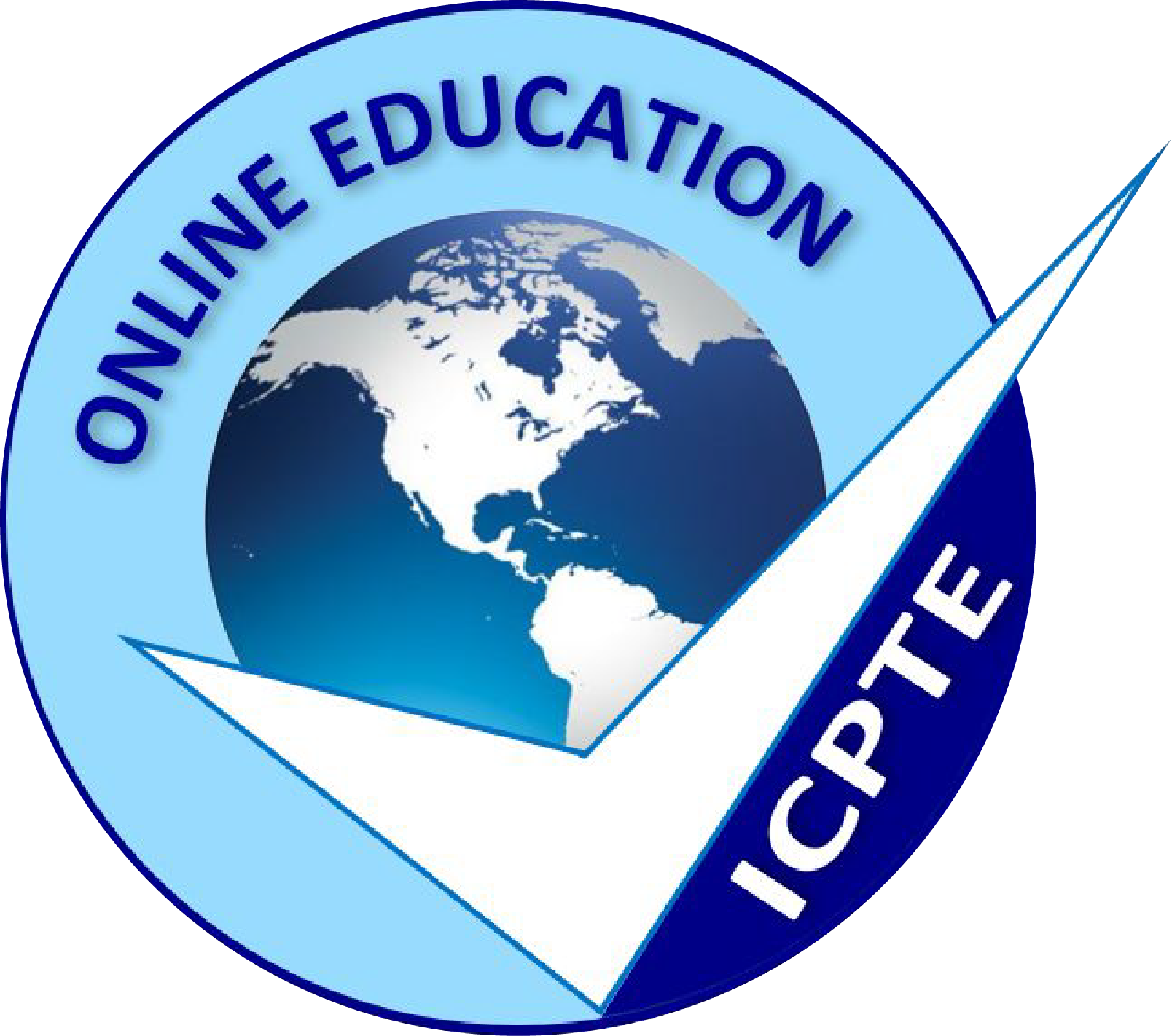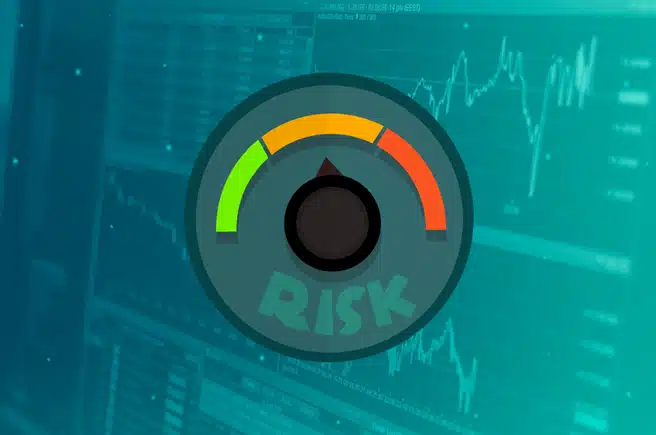5 CPD
Course Description
This course provides a brief introduction to the Risk Management in the Financial Services Industry (UCITS, AIF, AIFM) and refers to the different types of risks. In order to best determine what risks to take, and how they can be managed, fund managers need to understand what those risks are and evaluate and analyze them effectively.
Risk management begins with the creation and use of organizational checks and balances and the segregation of functions within the organization as a means of mitigating risk.
This course provides an overview of evaluating new portfolio investments, evaluating the risks of new investments and describes different popular risk metrics, including “Standard deviation”, “Beta”, “Tracking error”, “Downside risk”, “Value at Risk (VaR)” and “Expected shortfall”. It also provides examples of these risk metrics.
It explains the Risk Management in UCITS and refers to the different UCITS risks. From the point of view of investors, UCITS are subject to financial risks. A risk management process is key in protecting investors from risks to which UCITS are exposed in relation to the performance of the activity of collective portfolio management. It also provides a brief description to the identification and measurement of risks and risk measurement techniques. Risk measurement techniques include both quantitative measures, as regards quantifiable risks, and qualitative methods.
This course also explains the stress testing and the stress tests as a risk management tool, considering that Fund stress tests are generally viewed as an important risk management tool for asset managers. It provides a stress testing framework and refers to the key principles concerning risk management for the protection of UCITS investors. It also refers to the risk management process, that should be proportionate to the nature, scale and complexity of the Company’s activities and of the UCITS it manages and explains in detail the Risk Management Function.
It also describes the Risk Management in AIFs and the different risks per AIF type (i.e Funds of Funds, Real Estate Funds, Hedge Funds, Private Equity Funds).
Furthermore, this course describes the Liquidity Stress Testing and explains the governance principles, the Liquidity Stress Testing Policy, the frequency to carry out Liquidity Stress Testing and the Stress Testing Scenarios. It also explains the Reverse Stress Testing. Liquidity Stress Testing should enable a fund manager to assess not only the time and/or cost to liquidate assets in a portfolio, but also whether such an activity would be permissible taking into account certain conditions.
It also refers to the Funds with less liquid assets and the stress testing to the liabilities of a Fund. In addition, it refers to the interaction with National Competent Authorities regarding the Liquidity Stress Testing and provides a brief overview of the valuation of the assets of an AIF and of the delegation of portfolio management or risk management.
Topics covered
The course is split into the following sections:
Section 1: Introduction to Risk Management
- Introduction
- Risk Management Goals
- Types of Risks
- The Process
- Organizational Checks and Balances
- Evaluating New Portfolio Investments
- Evaluating the Risks of New Investments
- The Risk Metrics
- Standard Deviation
- Beta
- Tracking Error
- Downside Risk
- Value at Risk (VaR)
- Expected Shortfall
- Risk Metrics Pros and Cons
- Another Tool: Sensitivity Analysis
- Sensitivity and Scenario Analysis
- Analysis and Risk Management Combined
- Examples
Section 2: Risk Management in UCITS
- What’s a UCITS?
- Background
- UCITS risks
- UCITS Market Risk
- Not Just Market Risk
- More than Market Risk
- Identification and Measurement of Risks
- Techniques
- Stress Testing
- Stress tests as a risk management tool
- Clarification on UCITS…
- Stress Testing Framework
- UCITS Risk Principles
- Within the Regulatory Environment
- Definition of roles and responsibilities
- Organization of Risk Management Policies
- The Risk Management Function
- Portfolio and Risk Management
- Outsourcing
- What the Outsourcee Does
- Setting Risk Limits
- Risk Management Effectiveness
Section 3: Risk Management in AIFs
- Broad Definitions
- AIFM Directive
- AIFM Risk Management
- Liquidity Management
- Risks Per AIF Type
Section 4: Liquidity Stress Testing (LST)
- Stress tests as a risk management tool
- Designing the LST Models
- Understanding Liquidity Risks
- Governance Principles
- Governance and Avoidance of Conflict
- The LST policy
- LST Frequency
- Frequency Determination
- Adapting LSTs
- LST Scenarios
- Reverse Stress Testing
- Stress Tests vs Reverse Stress Tests
- LST when authorisation is required
- Liquidation Costs
- Liquidation Costs Methods
- Stress Testing Fund Assets
- Funds with less liquid assets
- Stress testing fund liabilities
- Behavioural Aspects
- Pure redemption shock
- Historical Approach
- Example of shocks
- VaR vs ER
- Interaction with NCAs
- Valuation
- Delegation
- Delegation Prohibitions
Course Duration
This course may take up to 5 hours to be completed. However, actual study time differs as each learner uses their own training pace.
The course is addressed to:
This course is addressed to all individuals who are involved in the Funds’ industry such as:
- Executive Directors, Non-executive directors, Senior Managers, Risk Managers, Asset Managers, Compliance Officers, Product Managers, Portfolio Managers, Investment Advisors, Dealers, Marketing Managers and in general employees of investment firms, UCITS, Funds and Fund Managers.
- Fund Administrators
- Fund consultants
- Internal Auditors
- Professionals in the Funds’ industry
- Lawyers
- Accountants
It is also suitable to professionals pursuing CPD for the renewal of CySEC Certificate (CySEC Basic and CySEC Advance Certificate) or other relevant professional certificates in other jurisdictions.
Training Method
The course is offered fully online using a self-paced approach. The learning units consist of power point presentations. Learners may start, stop and resume their training at any time.
At the end of the course, participants take a Quiz to complete the course and earn a Certificate of Completion once the quiz has been passed successfully.
Accreditation and CPD Recognition
The course may be accredited by regulators and other bodies for up 5 CPD Units, that require CPD training in financial and other regulation.
Eligibility criteria and CPD Units are verified directly by your association, regulator or other bodies in which you hold membership.
Registration and Access
To register to this course, click on the Take this course button to pay online and receive your access instantly. If you are purchasing this course on behalf of others, please be advised that you will need to create or use their personal profile before finalizing your payment.
Access to the course is valid for 90 days.
If you wish to receive an invoice instead of paying online, please Contact us by email. Talk to us for our special Corporate Group rates.
Instructor
With more than 10 years of experience, Nektarios is an expert in the financial services industry, having worked in key roles at investment funds, CIFs and other service providers. His exposure to the industry allowed him to gain knowledge in a variety of vital investment functions.
Complementing his practical knowledge of the industry, Nektarios also holds a number of professional and academic qualifications, including CySEC’s Advance Certification. He is currently employed by an Investment Fund.
See more Courses from Nektarios Michael


